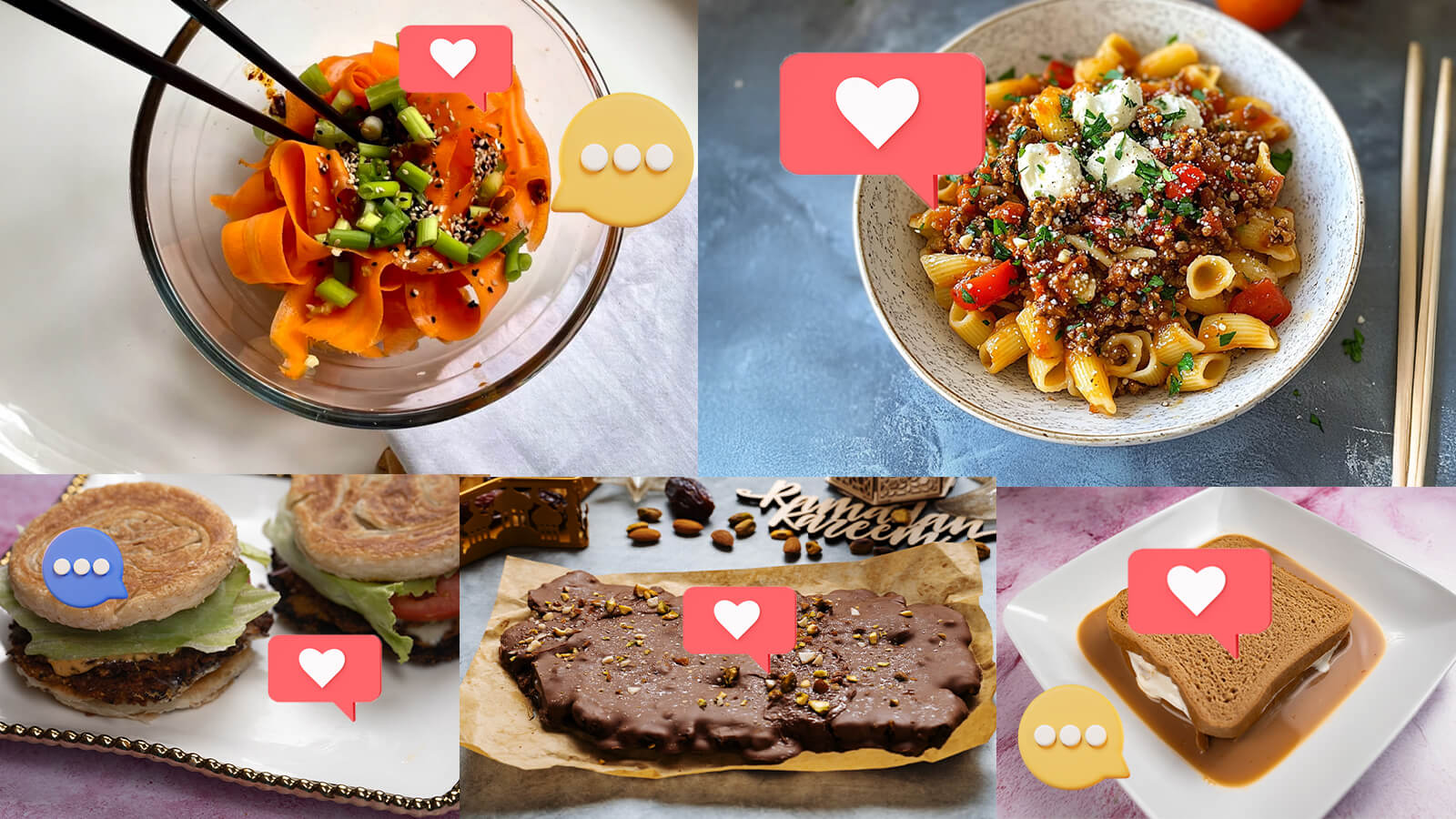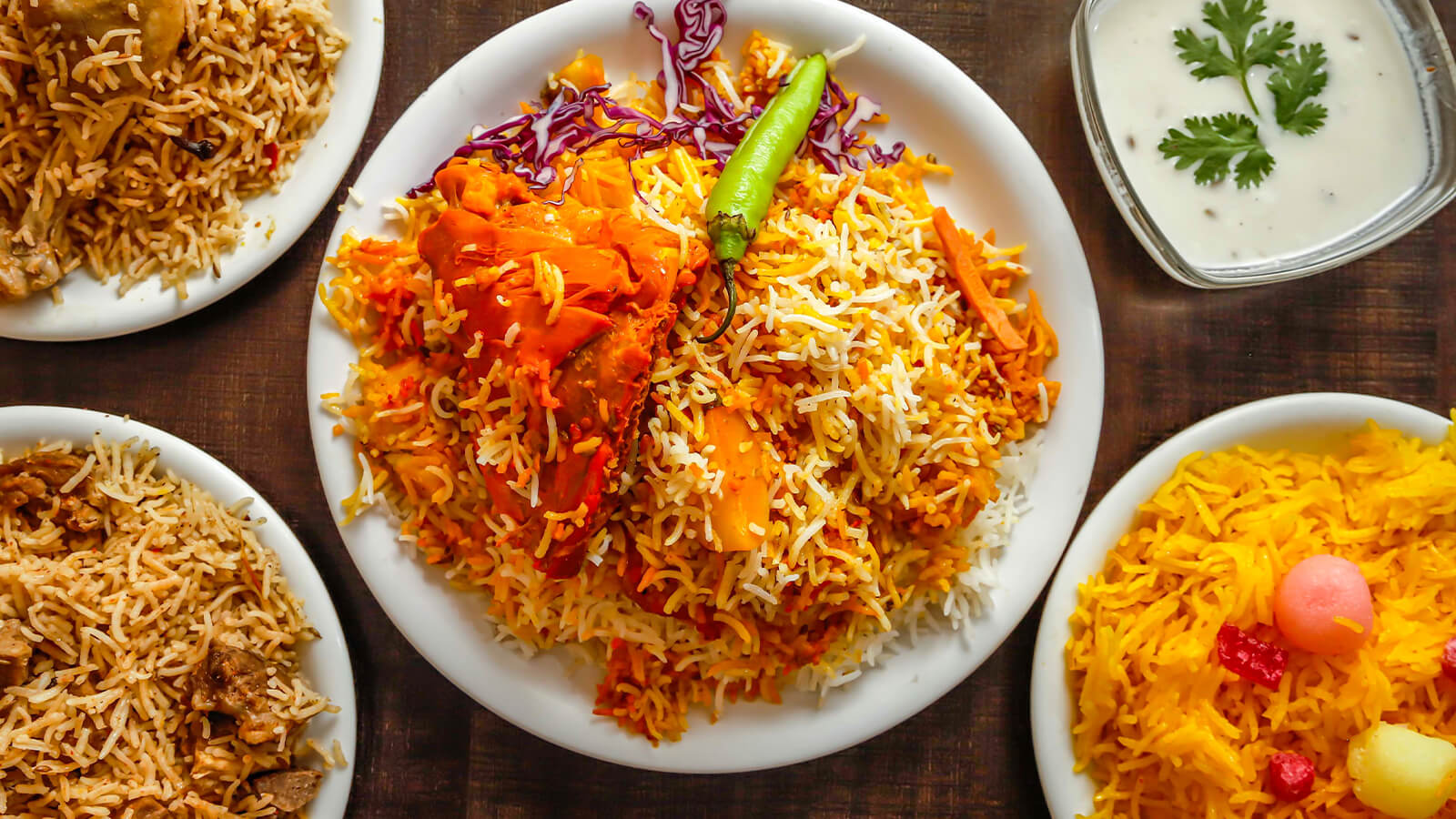Lohri – A Winter Time Delight

India is known for holding colorful festivals that pay homage to the changing seasons, Lohri is no different. Lohri is held on January 13th of every year and provides another beautiful opportunity to rejoice with and cherish your family and friends. It’s primarily a Punjabi festival celebrated in Northern India but, people from all around the world take part and relish in Lohri activities.
Lohri celebrates the passing of the winter solstice. This signifies that the shortest days of the year have passed and, with more daylight hours to come, it also symbolizes the alleviation from the dreary winter.
The History of Lohri
Lohri is an ancient festival with roots in the history of the Indus Valley Civilization. It’s incorrectly believed that Lohri marks the end of peak winter chills, and welcomes spring. However, it actually signifies the harvest of the Rabi crops.
‘Fire’ is a prominent element during Lohri. It stands for fertility, energy, regeneration, and spiritual strength. Fire is so popular that some incorrectly believe that Lohri celebrations present an occasion to worship the fire deity, Agni.

Bonfires are held across the land. They represent Agni and people pray to the Sun god for favor and protection. Worshippers use this time to show gratitude towards the Sun god for providing warmth to the Earth. They throw foods into the bonfire like peanuts and til (sesame), gur (solidified sugarcane juice), and rewaries (an Indian sweet made of til) while dancing merrily around the bonfire and singing folk songs in unison.
It has become trendy for newlyweds to throw sesame seeds into the fire in hopes that they will have a child. For this reason, families with new brides and grooms normally show even more zeal during the Lohri celebrations.
The Indian Robinhood – Dulla Bhatti

Dulla Bhatti’s grave at the Miani Sahib Qabristan in Lahore. (Source: Wikimedia Commons)
Lohri doesn’t just depict a seasonal change or the harvesting of crops. It also is a commemoration of the legendary character ‘Dulla Bhatti.’ Folklore tells us that Dulla Bhatti (shortened from ‘Abdullah Bhatti’) took from the rich to give to the poor. He also saved young girls from forced slavery among other acts of heroism.
The presence of Dulla Bhatti dates back to the reign of Mughal Emperor ‘Akbar.’ Akbar allegedly executed Dulla Bhatti for his revolt. Dulla Bhatti adopted two young girls ‘Sundri’ and ‘Mundri’ whom people remember through Punjabi folk songs such as ‘Sunder Mundriye’.
How Do People Celebrate Lohri?
Lohri celebrations are similar to traditional Punjabi-Indian customs. People wear colorful clothes, sing folk songs, and dance to express their joy. Children wake up early and go door to door singing the folk songs. People reciprocate by rewarding the children with money. In the evening during sun down, people gather around the bonfire. They throw in sesame seeds, peanuts, and puffed rice into the fire to express their devotion and gratitude.
Various delicious traditional dishes made from seasonal food items mark the day. The famous makki di roti with sarson da saag is the preferred dish for dinner. The til rice, gur, rewari, and gajjak are usually served as desserts.
The celebrations do not end with Lohri. Rather, the festivities extend to the following day as Maghi, as known in Punjab, or Makar Sankranti, as named in the other parts of the Indian subcontinent.
Lohri is one of the few Indian festivals that follow the solar calendar while the other follow the lunar cycle. Lohri provides a much-needed occasion during the peak of winter to celebrate with the family and reunite with those we love.





